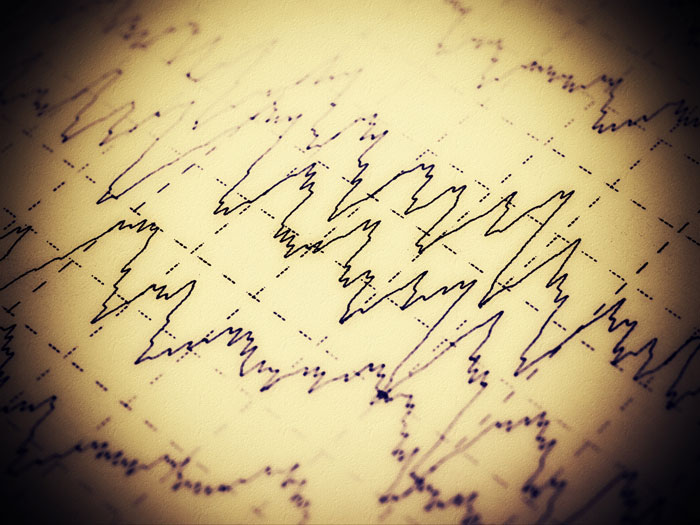Essential Temors
Essential Tremor and Other Tremor Disorders
Essential tremor disorder is one of the most prevalent symptoms associated with movement disorders diagnosed in America and affects up to 10 million people in the country. Tremor disorders are clearly identified by their signature trait – an uncontrollable, persistent shaking that can affect the arms, legs, face, voice, and legs but is most common in the hands.
These types of tremors can occur at any age but are more typical in people aged 40 or older. The cause of tremors is uknown, but research has linked them to abnormal activity in the part of the brain called the thalamus. The thalamus, which is located at the very center of the brain, is the signal station for our senses. It sends signals out from the brain to various parts of our body like our mouth, fingers, ears, and nose, allowing us to interpret or understand sensations such as taste, touch, hearing, and our sense of smell. Although it is not directly related to muscle movement, the thalamus is a key player in the network of signals that regulate motor skills.
Damage to the thalamus or parts of the brain that communicate with the thalamus can be caused by trauma to the head, stroke, and neurodegenerative diseases such as multiple sclerosis and Parkinson’s disease, resulting in tremors as a symptom. Tremor disorders are not life threatening, and most people can continue living normal lives. In some instances, however, tremors may make simple tasks such as eating or drinking difficult in which case extra care or assistance is needed.
Three very useful classifications help healthcare providers identify potential underlying causes of the disorder. Action tremors usually occur during particular movements such as walking or running. Focused or task-specific tremors happen when doing very specific tasks such as writing by hand, and resting tremors occur when the muscle is relaxed, for example, while standing with your hands at your sides or resting in your lap. The latter is most common in Parkinson’s patients.
Essential tremor conditions are linked to genetics with up to half of known patients inheriting traits from a parent. However, just because a parent has an active ‘tremor’ gene doesn’t mean the offspring will experience any symptoms. In fact, there is only a 50% percent chance that the offspring’s gene will become active. In some instances, essential tremors may be the result of the excessive consumption of caffeine, alcohol, and other prescription drugs such as amphetamines.
The talented physicians at MDPD are some of the brightest, most forward thinking minds in medicine and are adept at uncovering the underlying causes of symptoms such as essential tremor disorder. Identifying triggers and recognizing any additional symptoms that could potentially point to more severe conditions is vital to ensuring our patients receive the best care possible.

Make an Appointment
There is no such thing as a one-size-fits all treatment. As such, we work closely with you to understand your unique circumstances and design care programs that fit your individual needs.
Use Telehealth
No matter where you are or what your movement disability may be, telehealth services ensure that we are always connected and able to assist you, 24/7.
